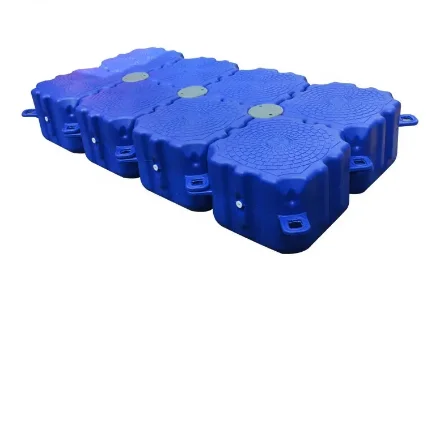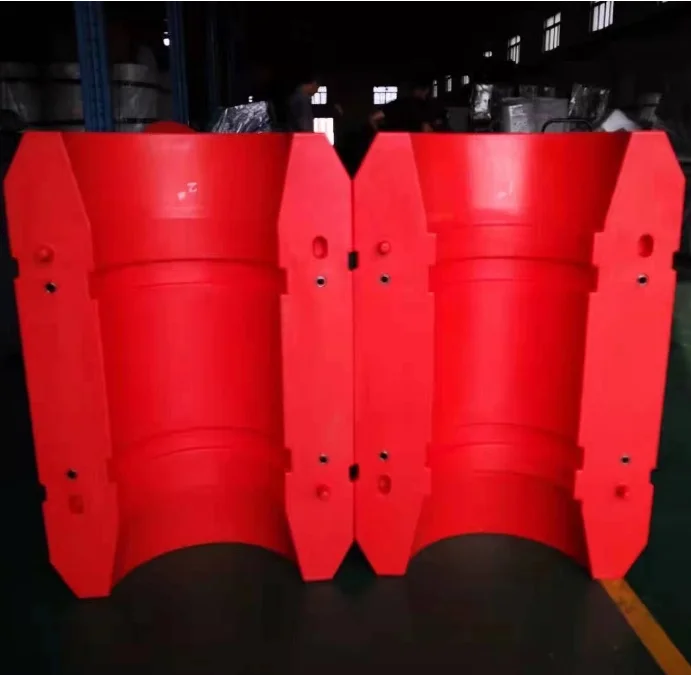
Add to Cart
The rotoplastic pontoon bridge is made by rotoplastic process. The floating body is some objects such as floating plates, on the mud surface or water surface, the land equipment can not operate, can only be installed on the object such as "floating body", with the buoyancy of the liquid on it, so that people can use the floating body to work on the water or mud surface.
| Model No | YG608 | Mould Material | Aluminium | |
| Function | Strong quality/High Temperature Resistance | Product Material | LLDPE/HDPE/LDPE/MDPE mixing powder or modified powder | |
| Certification | ISO 9001:2015 | OEM | OEM Rotomolding factory | |
| Rotomold products color | Custom | Customized | Custom | |
| Condition | New | After-sales Service | Yes | |
| Mould Material | Aluminum A356/ Block CNC aluminum | Mould Lead Time | 30 Days | |
| Mould Surface | Polish or Sandblasting | Transport Package | Wooden Case | |
| Specification | Customized Rotomolding YOUGE factory | Trademark | Custom | |
| Origin | China Jiangsu Nantong YOUGE factory | Hs Code | 3926909090 | |
| Production Capacity | 1000 Sets Per Year |








The rotational molding process is quite clear and simplistic relative to molding parameters. Heat is utilized to melt the co-polymer resin in a closed mold cavity. When temperatures inside the mold reach an estimated 257°F, melting occurs. The resin material then flows to the molds inner surface and adheres to the mold wall creating a substrate wall of plastic.
A three stage process is employed which includes mold loading and discharge of finished product, heat and fusion in an oven environment and finally the cooling cycle. Molds typically rotate on a bi-axial motion which provides for a uniform substrate wall throughout the entire finished product. Various materials are sold and utilized in this process with the most widely used products being polyethylene, polyurethane, PVC, polypropylene and nylon. When compared to the many plastics arena’s that exist today, the field of rotational molding cannot be surpassed. One of the largest benefits in this area relates to tooling costs. When compared to some of its counterparts a savings as sizable as 60% can sometimes be achieved.
